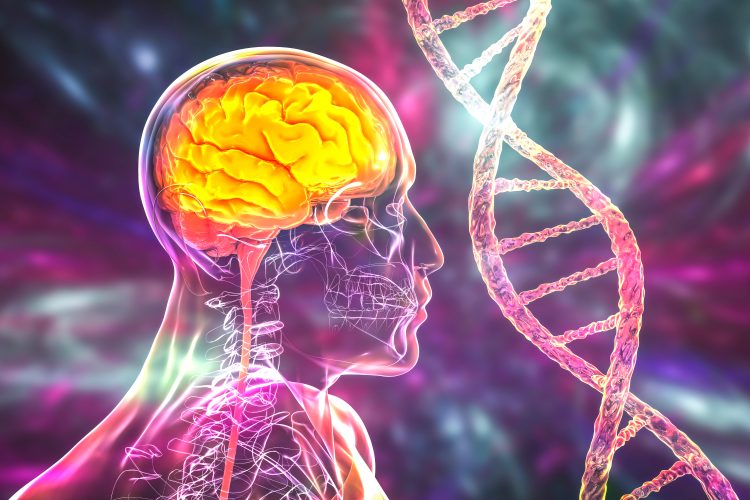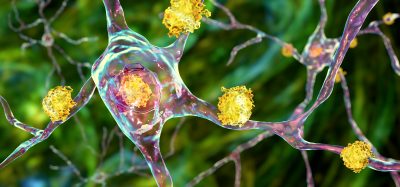Study identifies new genetic targets for neuropsychiatric diseases
Posted: 18 February 2025 | Drug Target Review | No comments yet
Scientists identify thousands of novel enhancers linked to neuronal differentiation and neuropsychiatric disorders, offering new pathways for drug discovery and potential therapeutic targets.


Neuropsychiatric disorders, ranging from dyslexia to schizophrenia, are on the rise. While genome-wide association studies (GWASs) have linked genetic variations to these conditions, the role of non-coding DNA regions, which don’t produce proteins but contain crucial regulatory elements called enhancers, has remained largely a mystery. Now, a new study has identified thousands of novel enhancers active during neuronal differentiation, offering hope for a better understanding of brain development and potential new therapies.
Decoding the non-coding genome
The research, led by Associate Professor Masahito Yoshihara from Chiba University, in collaboration with Professor Juha Kere, Dr Peter Swoboda, and Dr Pelin Sahlén, aimed to understand the function of enhancers – the regulatory elements that control gene expression by determining which genes are activated or silenced in specific cells at specific times. Though located in non-coding regions, these enhancers play a crucial role in development and disease.
“Elucidating how disease-associated variants influence gene regulation can uncover previously unidentified molecular pathways involved in neuronal disorders and reveal novel therapeutic targets for drug development,” explains Yoshihara.
Biomarkers aren’t just supporting drug discovery – they’re driving it
FREE market report
From smarter trials to faster insights, this report unpacks the science, strategy and real-world impact behind the next generation of precision therapies.
What you’ll unlock:
- How biomarkers are guiding dose selection and early efficacy decisions in complex trials
- Why multi-omics, liquid biopsy and digital tools are redefining the discovery process
- What makes lab data regulatory-ready and why alignment matters from day one
Explore how biomarkers are shaping early drug development
Access the full report – it’s free!
The team used LUHMES cells, a model for human brain neurons, alongside advanced techniques such as Cap Analysis of Gene Expression (CAGE), Native Elongating Transcript (NET)-CAGE, and targeted chromosome conformation capture (Capture Hi-C/HiCap) to identify and characterise these enhancers. This powerful combination allowed them to link distant enhancers to their target genes and examine the relationship between these enhancers and genetic variations associated with neurological disorders identified in GWASs.
Unveiling thousands of novel enhancers
The analysis revealed 47,350 active putative enhancers, with 65.6 percent being previously unknown. Importantly, the study demonstrated a significant enrichment of single nucleotide polymorphisms (SNPs) associated with Parkinson’s disease, schizophrenia, bipolar disorder, and major depressive disorder within these enhancers. This suggests a direct link between these genetic variations and the regulation of genes crucial for brain function.
The researchers employed the CRISPR-Cas9 system, a powerful gene-editing tool, to activate specific enhancers and promoters. By targeting genes involved in neuronal differentiation and disorders, they were able to significantly increase the expression of these genes, providing strong evidence for the regulatory function of the enhancers.
A resource for future research
“Our study further exemplifies the power of enhancer discovery in providing potential clues to better understand the pathogenesis of neuropsychiatric disorders,” says Yoshihara. “Our results highlight the vast regulatory potential embedded in non-coding regions that harbour relevant enhancers and provide a valuable resource for future studies on neuronal development, regulation, and disorders.”
This research represents a significant leap forward in our understanding of the complex genetic mechanisms underlying brain development and neuropsychiatric disorders. By identifying and characterising these novel enhancers, the study opens new avenues for exploring potential therapeutic targets and developing more effective treatments for these debilitating conditions.
This study was published in EMBO Reports.
Related topics
Analysis, CRISPR, Drug Discovery, Drug Discovery Processes, Drug Targets, Sequencing
Related conditions
Bipolar disorder, Major depressive disorder (MDD), Parkinson's disease, Schizophrenia
Related organisations
Chiba University
Related people
Juha Kere, Masahito Yoshihara, Pelin Sahlén, Peter Swoboda








